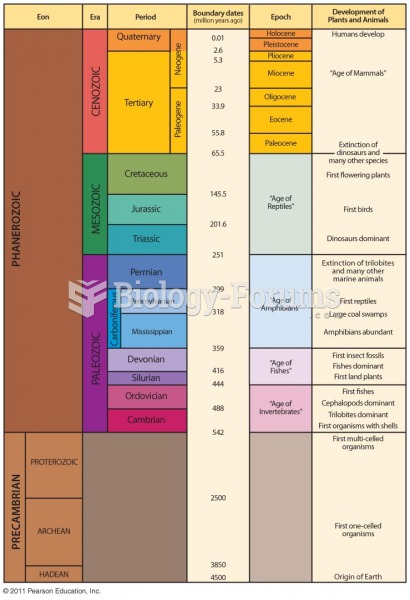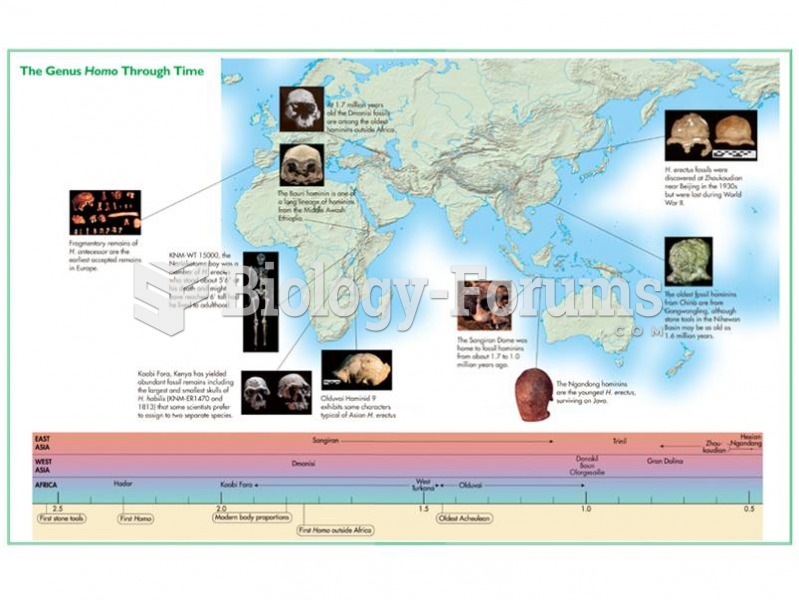Answer to Question 1
Initially, the Christian church was informally organized, but as the number of Christians grew, it became increasingly difficult to care for the needs of the followers without some management. Greek-speaking Jews, who had become followers of Jesus, began to complain that their needs were not being met. In response to this, the twelve apostles convened a meeting with all the disciples and began organizing the church. The first step was to appoint seven men to manage the distribution of resources to those followers in need. In the early years, the twelve apostles managed the church. After listening to the needs of the Jerusalem church, they made decisions as a group. When a dispute arose regarding belief and practice as applied to the non-Jews who were coming to faith, the apostles convened a conference of leaders from other local congregations to resolve the issue. What was once just one church was becoming a Church on a larger scale with many congregations spread over a wide geographic area. As the Christian movement grew geographically, individual apostles traveled to different cities to help establish new congregations. Decentralized authority allowed the church to grow quickly, but this also opened the door for differences of opinion to develop regarding theology. Soon the apostles saw the need for centralized guidance regarding belief and practice. Because they could not be in every congregation at once, some of the apostles resorted to writing letters to the congregations.
Answer to Question 2
Moses had so many day-to-day problems to deal with that he was wearing himself out on the operational issues while neglecting the strategic issues. Jethro counseled Moses to do three things: (1 ) establish the rule of law to guide social behavior, (2 ) set up a justice system organized in the form of a hierarchical chain of command, and (3 ) carefully select mid-level leaders. The difficult cases that could not be handled by mid-level leaders with delegated authority were to be brought to Moses. We refer to this today as managing by exception.
According to Max Weber, the ideal bureaucracy is built on several principles. Efficient organizations have a hierarchical authority structure with multiple levels of supervision sometimes called a scalar chain of command. Work should be divided allowing individuals to become experts at particular tasks. This should guide the selection of workers based on their technical qualifications for the tasks. Formal rules of behavior and procedures for work should guide employee behavior. Rules applied impartially and uniformly across the entire organization promote fairness.







